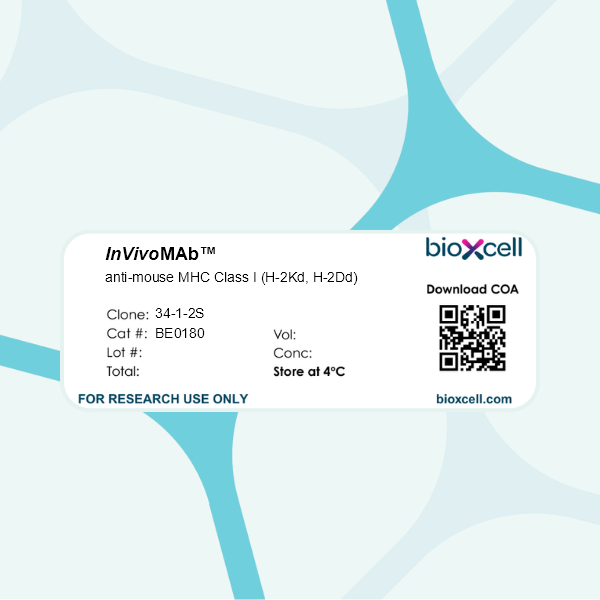Catalog #BE0180
InVivoMAb anti-mouse MHC Class I (H-2Kd, H-2Dd)
Clone
34-1-2S
Reactivities
Mouse
Product Citations
12
Isotype
Mouse IgG2a, κ

